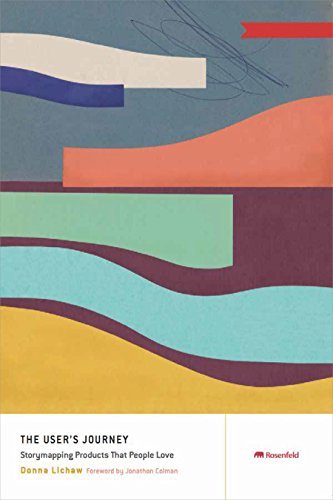What do you think?
Rate this book


Like a good story, successful design is a series of engaging moments structured over time. The User’s Journey will show you how, when, and why to use narrative structure, technique, and principles to ideate, craft, and test a cohesive vision for an engaging outcome. See how a “story first” approach can transform your product, feature, landing page, flow, campaign, content, or product strategy.
160 pages, Kindle Edition
First published January 1, 2016